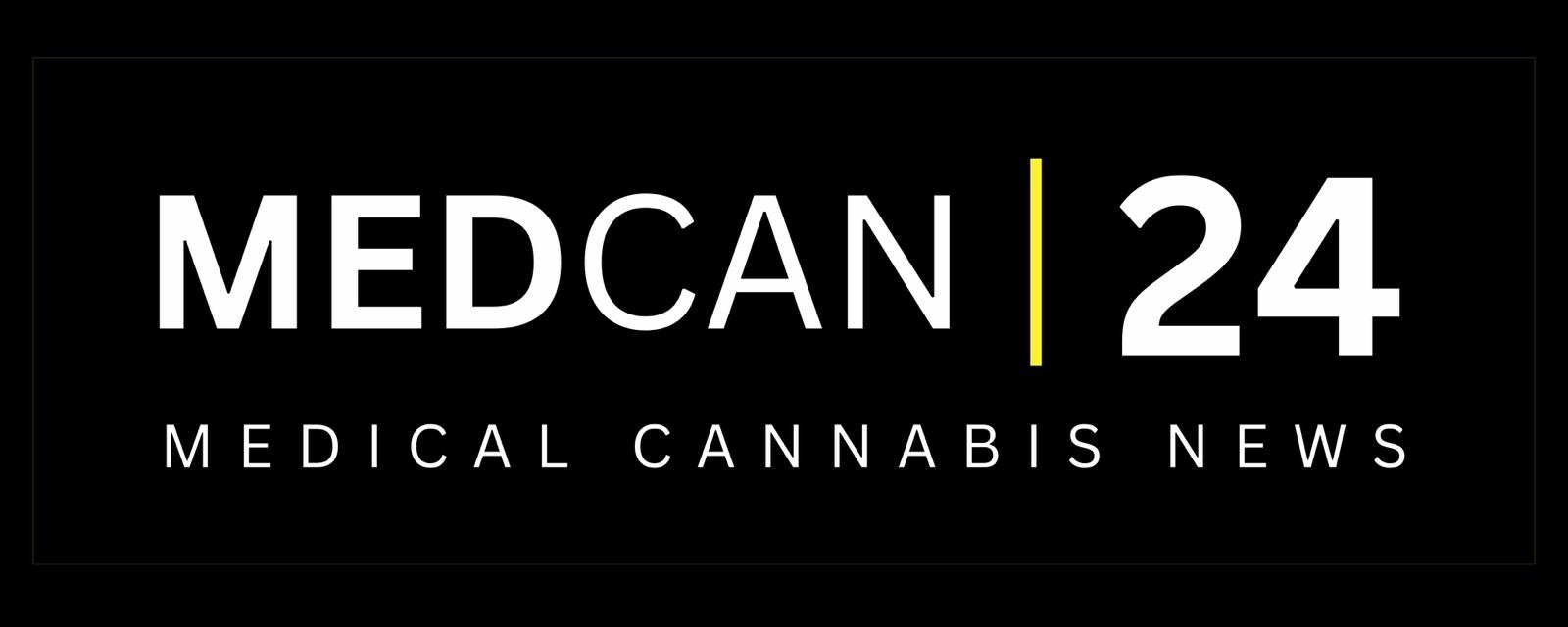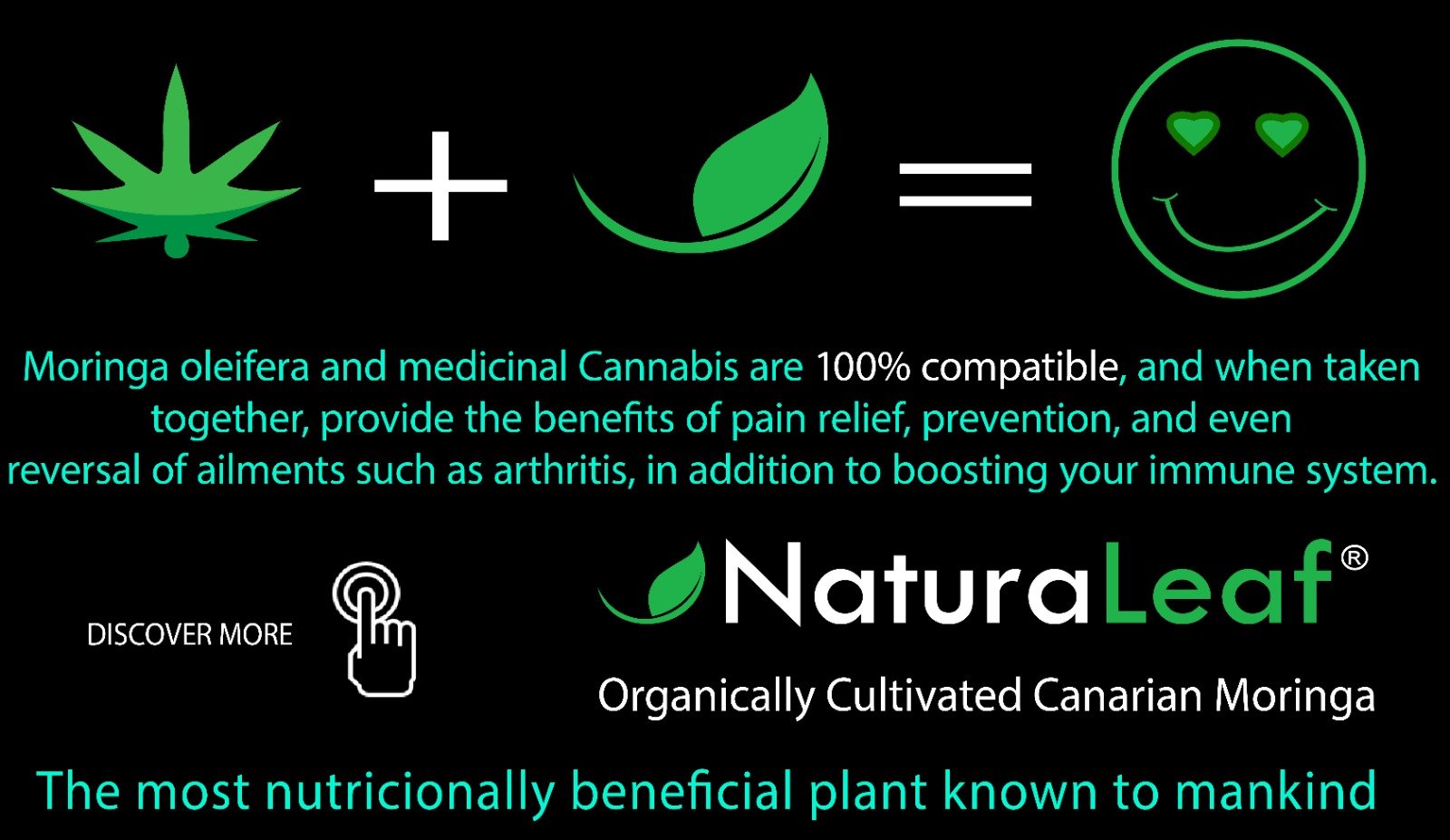Australian Medical Association’s (AMA’s) recent updated guidelines regarding medical cannabis prescription have been endorsed by the Australian Health Practitioner Regulation Agency.
Last week, Ahpra released new guidance for practitioners to meet their obligations. This was in response to the growing number of Australians using medical marijuana and the increase in prescribing errors. The AMA had called on the health ministers in the past to take action, including by ensuring that Ahpra and National Boards have adequate resources.
Telehealth is a growing phenomenon that has led to models that are not regulated by traditional frameworks. These can be dangerous to patients, as well the entire health system. said AMA President Dr Danielle McMullen. These direct-to consumer, single-issue models of telehealth lack clear referral paths or a feedback to GPs and others referrers.
Carmen Lim, from the National Centre for Youth Substance Use Research at University of Queensland said Ahpra’s recent action was a good thing. won’t curb unsafe prescribing He has given suggestions on how to improve the situation.
The AMA has also called for stricter regulations to ensure that medicinal cannabis firms do not exploit special access schemes or avoid listing their products in the Australian Register of TherapeuticGoods (ARTG). The ARTG lists all therapeutic goods that are legally allowed to be supplied in or exported from Australia; including medicines, medical devices, and other therapeutic products.
But those that aren’t approved can be accessed through the Authorised Prescriber Scheme or Special Access Scheme. Most medicinal cannabis products available in Australia haven’t been approved and the TGA hasn’t evaluated them for quality, safety and effectiveness.
As at May this year, there were more than 113,000 applications under the SAS-B pathway for 2025, compared to nearly 178,000 for the entire year of 2024.In 2019, three years after medical cannabis was legalised in Australia, there were just 57,000 applications for the full year.
In May of this year, the AMA submitted a document to the Therapeutic Goods Administration in support of a crackdown against exploitation and other issues pertaining to the ARTG.
To ensure that SASs are not being used to circumvent registration on the ARTG by companies, TGA should look at reforms to limit how many products can be accessed using a SAS prior to registering or losing access via the SAS.




